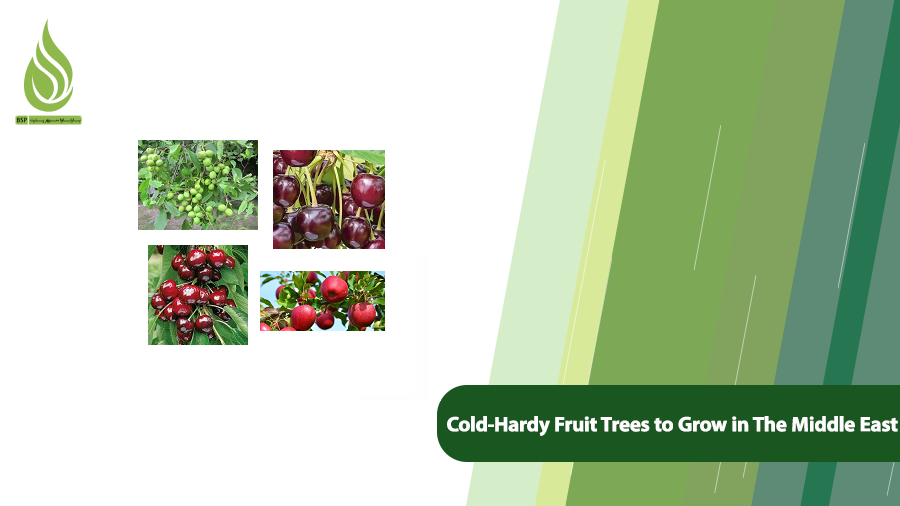
Cold-Hardy Fruit Trees to Grow in Chilly Regions of the Middle East
Parts of the Middle East experience cold, mountainous climates. Long winters, frequent frosts, and late spring chills can destroy many fruit trees or disrupt their yields. Fortunately, there are fruit trees well-suited to these conditions. If you live in a cold region and are considering planting fruit trees in your backyard or orchard, this guide is for you. Below, we list 10 cold-hardy fruit trees that thrive in chilly, mountainous areas of the Middle East, including native varieties already cultivated across the region.
Growing Cold-Hardy Fruit Trees in The Middle East: A Great Opportunity for Orchardists
Cold climates are common in the northern and mountainous parts of the Middle East, including areas in countries like Lebanon, Jordan, Syria, Iraq, and Turkey. These regions feature high mountains, heavy snow or rain, and cold weather. Mountainous areas typically have cold winters and mild summers. While cold regions present unique challenges for farming, gardening is far from impossible. Challenges include late spring frosts, short growing seasons, and heavy, shallow soils. Knowing which tree species adapt to these conditions can help you cultivate a productive orchard in mountainous areas.
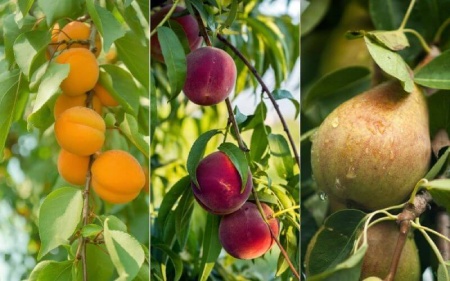
In regions with adequate winter chilling (about 600 to 1,200 hours below 45°F or 7°C), trees like pears, cherries, and walnuts can meet their chilling requirements and produce better yields. Cold climates often enhance fruit quality, resulting in flavorful, firm fruits with good shelf life. Many pests cannot survive harsh winters, reducing the need for pesticides.
The key to successful orchards in cold regions is understanding your local climate and selecting hardy, late-blooming varieties. Choose trees that not only withstand winter cold but also bloom later to avoid damage from spring frosts.
Top Cold-Hardy Fruit Trees to Grow in the Middle East
1. Apple
Apple trees are among the most cold-tolerant fruit trees and perform well in many of the cold regions of the Middle East. Many apple varieties require a period of intense cold to bloom, making them ideal for mountainous areas.
Features:
- Tolerates temperatures as low as -22°F (-30°C)
- High yields at elevations above 4,900 feet (1,500 meters)
- Chilling requirement: 800–1,200 hours below 45°F
Recommended Regional Varieties:
- Gala (common in Lebanon)
- Golden Delicious
- Red Lebanese
- Granny Smith
- Anna (widely grown in Jordan)
2. Pear
Pear trees thrive in cold regions of the Middle East, such as parts of Lebanon, Syria, and Iraq. They are resistant to winter cold and early dormancy, producing fruit for years with proper care.
Features:
- Chilling requirement: 600–1,000 hours
- Resistant to late spring frosts
- Best in deep, light soils
Recommended Regional Varieties:
- Anjou
- Nashi (Asian pear, grown in Turkey)
- Bosc
- Williams
- Conference
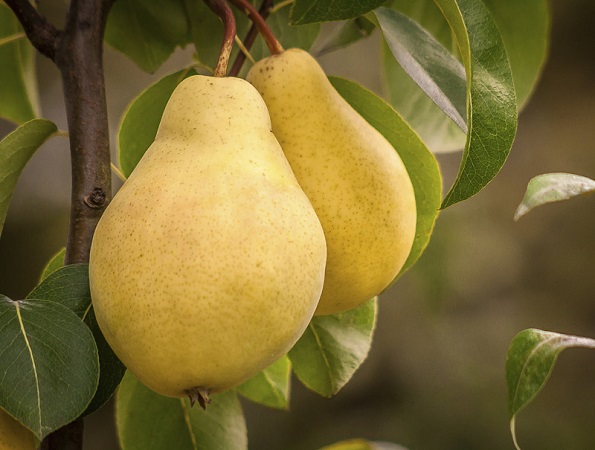
3. Grape
While many consider grapevines heat-loving plants, several native Middle Eastern varieties thrive in cold regions. Grapes are unique in their ability to yield well in poor, low-water soils and on steep, mountainous slopes.
Features:
- Tolerates winter cold to -4°F (-20°C)
- Suitable dormancy period for cold climates
- Requires direct sunlight
Recommended Regional Varieties:
- Yaghouti Red (Syria)
- Sultana (Turkey)
- Kishmish (Jordan)
- Black Corinth
- Muscat
4. Walnut
Walnut trees are highly valuable and profitable in the Middle East’s cold regions. Areas like the Bekaa Valley in Lebanon and parts of Turkey have long hosted walnut orchards. These trees tolerate temperatures as low as -13°F (-25°C), though young buds need protection from late spring frosts.
Features:
- High chilling requirement: 800–1,200 hours
- Long lifespan (over 50 years)
- Needs deep, well-drained soils
Recommended Regional Varieties:
- Bekaa Walnut (Lebanon)
- Chandler
- Franquette
- Serr
- Turkish Black Walnut
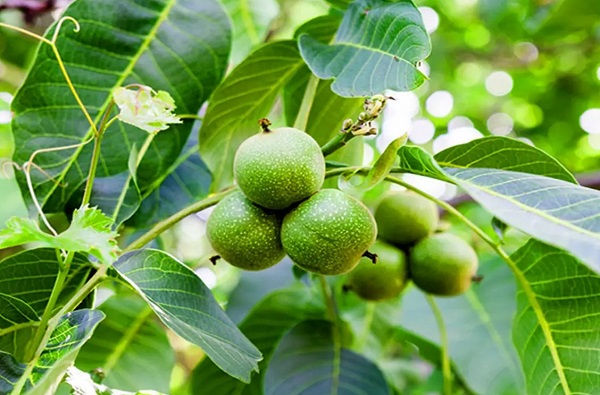
5. Almond
With the right variety, almond trees can perform impressively in cold regions. While some almond varieties bloom early and risk spring frost damage, late-blooming types avoid these issues.
Features:
- Tolerates cold to 5°F (-15°C)
- Moderate chilling requirement
- Adapts to medium to heavy soils Recommended Regional Varieties:
- Nonpareil
- Tuono
- Ferragnes
- Mission
- Jordanian Late-Bloom
6. Sour Cherry
Sour cherry trees excel in the Middle East’s mountainous regions with cold winters and mild summers. Areas in Turkey, Syria, and Lebanon boast numerous sour cherry orchards.
Features:
- Tolerates extreme cold to -22°F (-30°C)
- Consistent annual yields
- Drought-tolerant in well-drained soils
Recommended Regional Varieties:
- Montmorency
- Damascus Sour
- Balaton
- Turkish Morello
- Aleppo Cherry
7. Apricot
Apricots may seem frost-sensitive, but many late-blooming varieties show remarkable cold tolerance. They are cultivated in regions like northern Iraq, Turkey, and Syria.
Features:
- Chilling requirement: 400–900 hours
- Early blooming (some varieties)
- Vulnerable to spring frosts
- Needs well-drained soils
Recommended Regional Varieties:
- Moorpark
- Harcot
- Royal
- Turkish Malatya
- Jordanian Orange
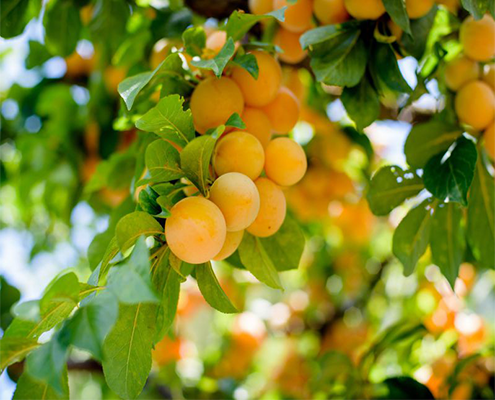
8. Plum
Plum trees perform well in diverse climates, particularly in cold, temperate mountainous areas. They are less pest-prone than other fruit trees, and some varieties tolerate severe cold.
Features:
- Chilling requirement: 500–1,000 hours
- Thrives in light to medium-heavy soils
- Tolerates frost to -4°F (-20°C)
Recommended Regional Varieties:
- Santa Rosa
- Damson
- Stanley
- Black Amber
- Methley
9. Sweet Cherry
Sweet cherries are a popular fruit that grow well in cold regions. Cherry and sour cherry trees are highly compatible and can be planted together. They are common in elevated areas like parts of Lebanon, Turkey, and Syria. Opt for late-blooming varieties to protect blossoms from spring frosts.
Features:
- Chilling requirement: 800–1,200 hours
- Sensitive to heavy, poorly drained soils
- Needs direct sunlight for optimal yields
Recommended Regional Varieties:
- Bing
- Lapins
- Stella
- Turkish Uludag
- Syrian Pink

10. Quince
Quince trees are hardy, low-maintenance, and grown in cold Middle Eastern cities like those in Lebanon and Turkey. Quince fruit is widely used in regional cuisine.
Features:
- High cold tolerance to -4°F (-20°C)
- Drought-tolerant
- Yields in second or third year after planting
Recommended Regional Varieties:
- Smyrna
- Champion
- Portuguese
- Lebanese Golden
- Anatolian Quince
Other Cold-Hardy Fruit Trees to Grow in The Middle East
In addition to the trees listed above, other cold-hardy fruit trees adapt well to the cold, mountainous climates in the Middle East, including:
- Peach
- Nectarine
- Pistachio
- Hazelnut
- Pomegranate
- Persimmon
- Blueberry bush
Key Tips for Planting Cold-Hardy Fruit Trees in The Middle East
Planting in cold regions requires careful planning due to unique climatic conditions. Here are essential tips to ensure your trees thrive:
- Choose the Right Variety: Select trees resistant to cold and suited to your region’s conditions (elevation, chilling duration, soil type). Use native, late-blooming varieties to minimize late frost risks. Consult local agricultural experts or experienced farmers about suitable varieties for your area. Tree and variety selection depends on climate, elevation, rainfall, and soil.
- Optimal Planting Time: In cold regions, plant in early spring (after the last frost) or late fall (before severe winter cold). These times allow trees to establish roots and strengthen before the growing season.
- Soil Preparation: Prepare soil before planting. Heavy, poorly drained soils can cause root rot. Add organic matter (compost, well-rotted manure) and adjust soil pH to create an ideal growing environment.
- Protect Against Cold: Use protective covers like agricultural plastic or cold-hardy rootstocks to shield trees from early frosts. Plant in areas sheltered from strong winds to prevent trees from drying out.
- Regular, Balanced Watering: During the growing season, water consistently but avoid overwatering, which can damage roots. Early watering supports root establishment.
- Targeted Fertilization: Cold-hardy fruit trees need proper nutrition in spring and summer. Fertilization in winter is very critical. Ammonium sulfate is an effective fertilizer early in the growing season. Its ammonium nitrogen boosts initial vegetative growth, helping trees build strong trunks and branches in the short growing season. The sulfur in ammonium sulfate lowers the pH of alkaline or calcareous soils, improving uptake of micronutrients like iron, zinc, and manganese,crucial for trees like apples, pears, almonds, and cherries, which are sensitive to iron deficiency. Conduct a soil test at winter’s end to determine fertilization needs.